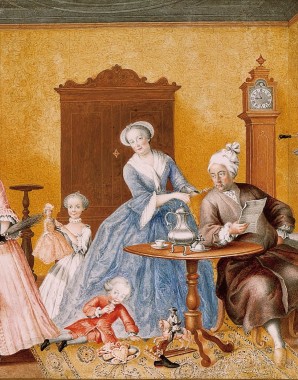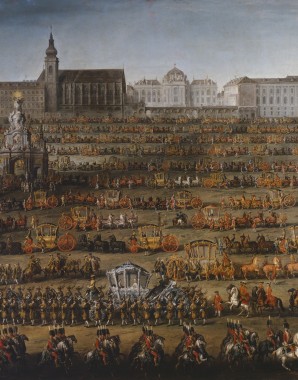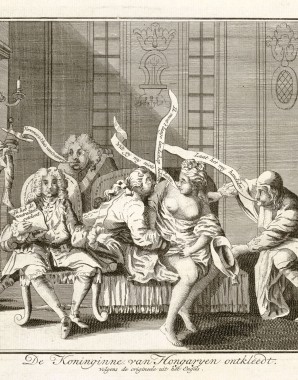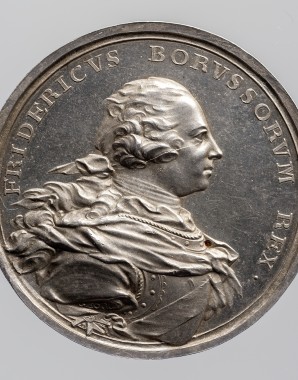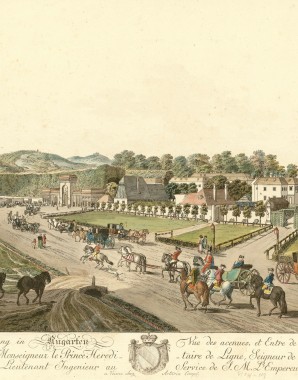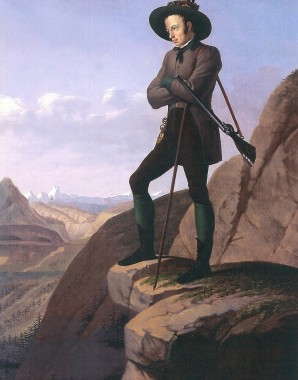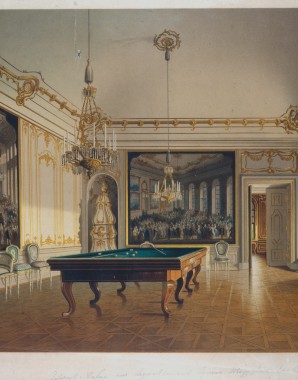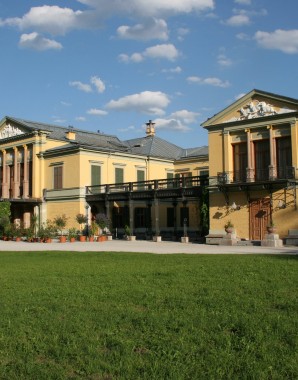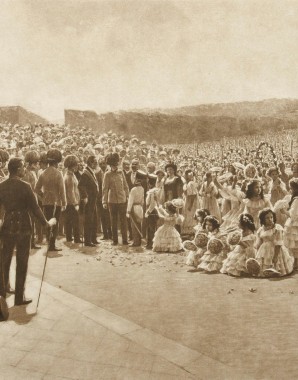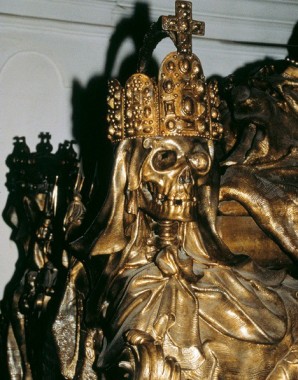Image of a Dynasty
Image cultivation, branding, etc., are terms which one would tend to associate more with modern communication culture.
Yet when it comes to some members of the Habsburg family too, certain images come to mind: the great ‘mother of the country’, Maria Theresa; reformist Emperor Joseph II, with his great affiliation to the people; the ‘green’ Archduke Johann; and Franz Joseph who, as a bastion of strength, endured so much.
Some of these images are very vivid, well-established, and ubiquitous. They often give the impression of an apparently natural transmission into general historical consciousness. However, such images were calculated, and behind them stood rulers who deliberately set emphases and aimed to communicate these to the world around them, whether to the ‘common people’ or competing states. At a time before the birth of modern mass media, this was achieved primarily through the means of the fine arts, which communicated the desired message most durably in the form of monuments and inscriptions, paintings and edifices. However, state-controlled ‘patriotic’ historiography and deliberate control of the press through censorship were also used in order to cement a positive view of the dynasty and its members. Indeed, in some respects, the Habsburgs were so successful in this endeavour that, to this day, we encounter such images in simplified form as clichés used to promote tourism.

